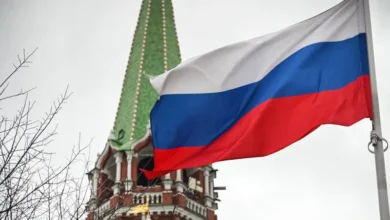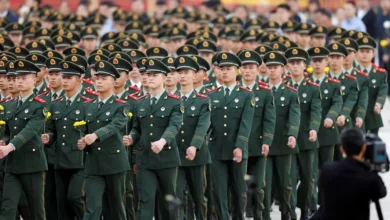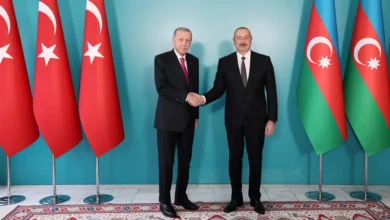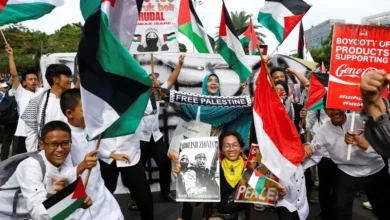Taxpayer ripoff or bargain? The cost of the British royal family
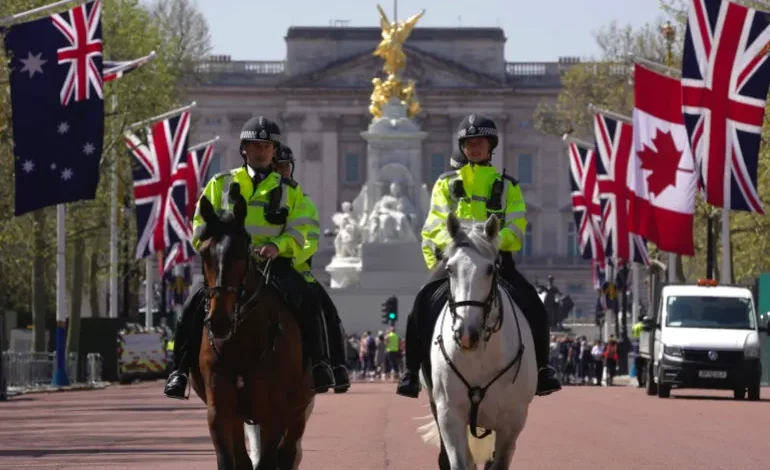
The coronation of King Charles III on Saturday is again shining the global spotlight on every aspect of the British royal family, including their cost to the public.
The issue of cost is especially germane as the United Kingdom grapples with one of Europe’s worst cost-of-living crises amid double-digit inflation.While much of the funding of the British monarchy is publicly accounted for, the true picture of the royal family’s cost is complicated – not least because of disagreement about the extent of the institution’s financial and other benefits.
Much of the royal family’s expenses are covered by an annual taxpayer-funded payment known as the Sovereign Grant, which in the 2021-2022 financial year was set at 86.3 million pounds ($108m) – roughly 1.29 pounds ($1.61) for every person in the UK.
The payment stems from an agreement King George III made with the British government in 1760 to give up income from the monarchy’s properties in exchange for a fixed annual payment.
While the Crown Estate is owned by the monarch for the duration of his or her reign, it is not their private property – meaning it cannot be bought or sold – and is independently managed by a board that is approved by the monarch on the advice of the prime minister.The Sovereign Grant, formerly known as the Civil List, is a set percentage of the profits that is given to the royal family each year.
Since 2017-2018, the payment has been set at 25 percent of the profits, up from 15 percent initially.
Most of the payment goes towards property maintenance, followed by payroll costs, travel and other expenses, such as events and functions.Apart from the tax-funded payments, the royal family enjoys considerable personal wealth in the form of private art and jewellery collections and income generated by two massive property portfolios known as the duchies of Lancaster and Cornwall.
Outside the UK, the costs for Commonwealth realms such as Canada and Australia are confined to relatively minimal spending on the governor-general, the monarch’s official representative, and occasional royal visits.
While the Sovereign Grant is a fixed amount, actual spending varies each year.The ongoing refurbishment of Buckingham Palace drove up spending to 102.4 million pounds ($128m) in 2021-2022 with the resulting shortfall covered by unused funding from previous years.
“Some years are higher, such as when the monarch or royal surrogates are asked by the British Foreign, Commonwealth and Development Office to make diplomatic visits,” Alex Penler, a doctoral candidate in history at the London School of Economics and Political Science, told Al Jazeera.
“It also is higher for big events like the queen’s funeral or the coronation, which cost the British taxpayer more in security fees,” she said.
The Sovereign Grant does not include the cost of security for the royal family and some critics argue that official figures vastly underestimate the true burden on the taxpayer.
Republic, an organisation that lobbies for an elected head of state, has estimated the total annual cost of the monarchy to be 345 million pounds ($431m).




